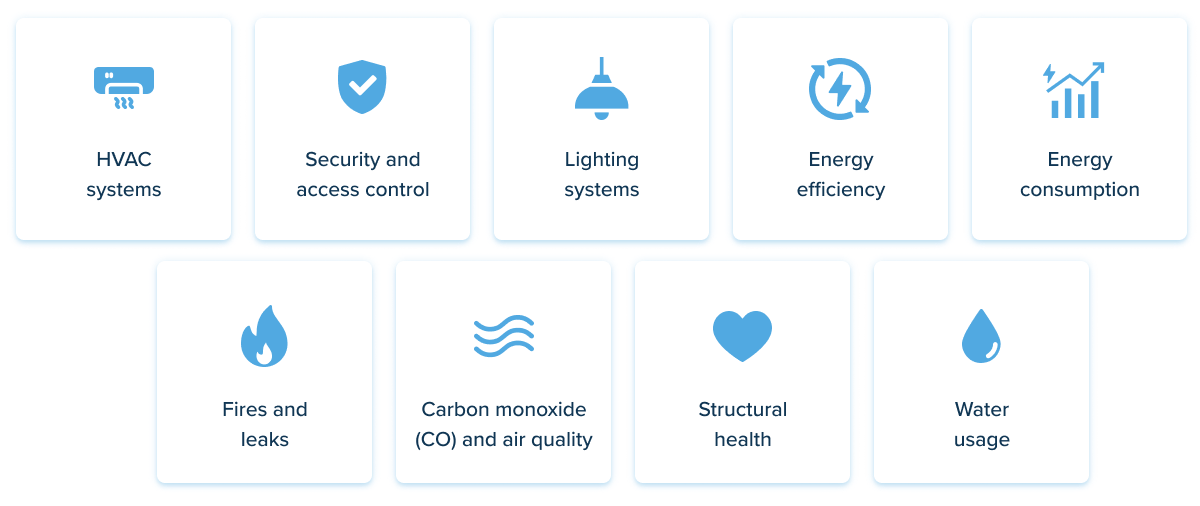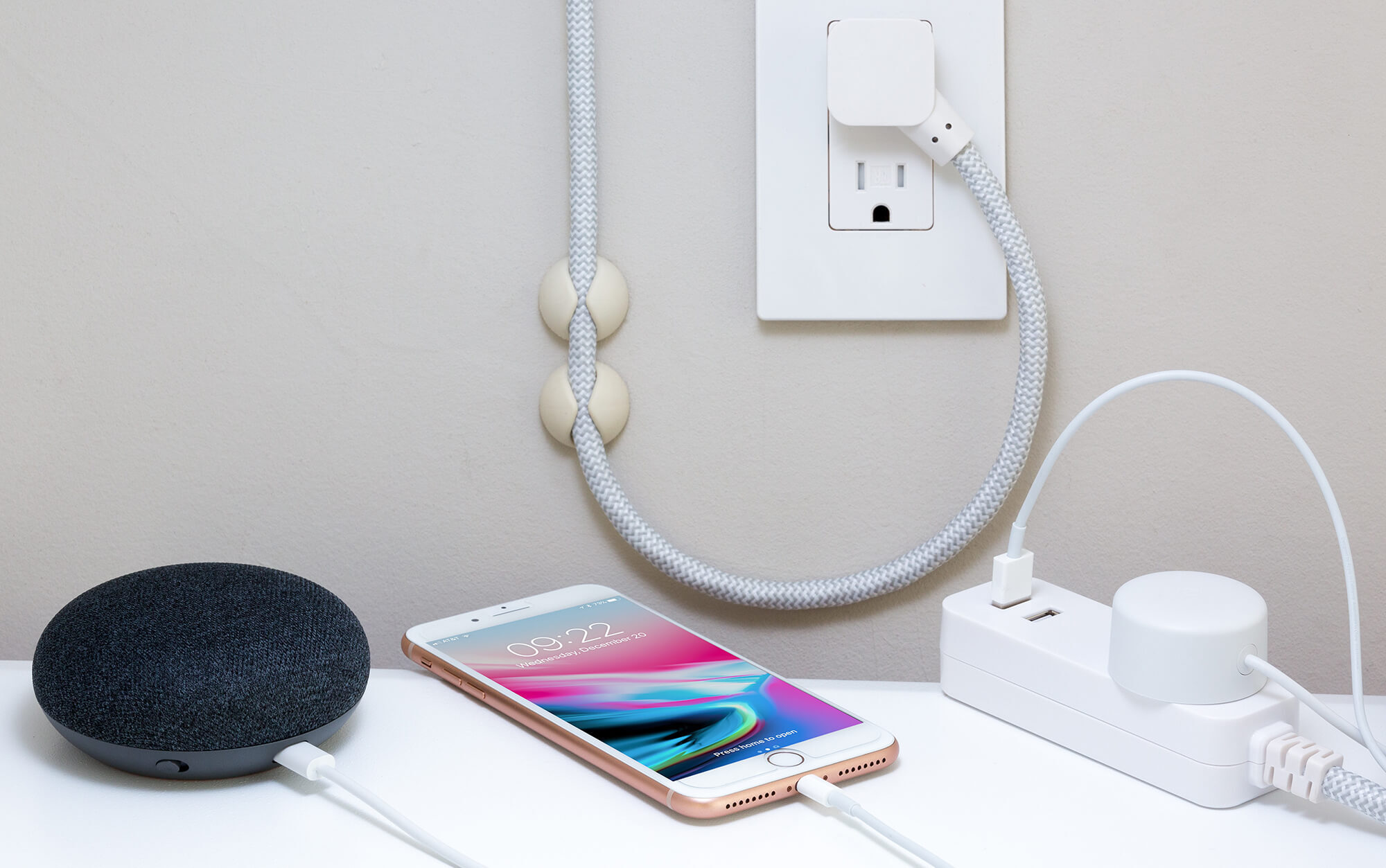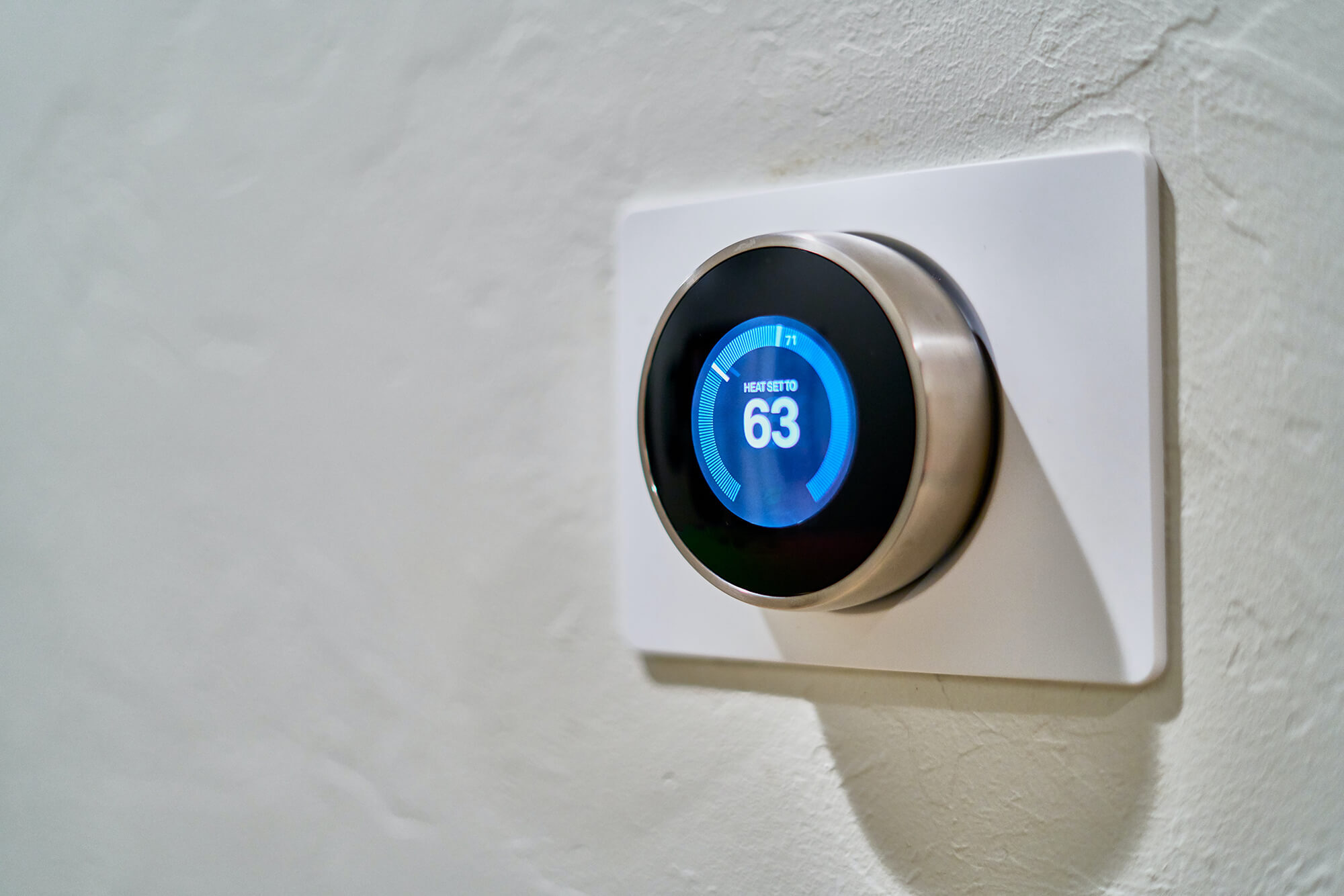The Internet of Things is a revolutionary technology expected to transform the way people travel, work, communicate and live. The evolution of smart buildings IoT technology will open up a potentially limitless future in commercial and residential real estate. They will serve as the foundation for emerging smart cities across the world.
Building owners, facilities managers, occupants and construction firms will significantly benefit from smart building technologies, mainly consisting of IoT devices, IoT sensors and building automation. IoT building management systems are a vital driver fueling the growth of the smart buildings market, which could reach $121.6 billion by 2026.

Source: Unsplash
If owners want to position themselves to participate in the smart buildings IoT revolution, they should be aware of this space’s current and anticipated movements. Continue reading to dive deeply into why owners should use IoT for smart buildings and learn the 11 trends in smart building IoT.
What are IoT smart buildings?
The IoT is an interconnected network of equipment, sensors and devices that communicate with each other, gather massive amounts of data and complete specific actions.

By leveraging the latest smart building IoT solutions and platforms, building owners and managers have greater control over their IoT smart buildings. They will be capable of optimizing the building’s environment and operations.
IoT applications in smart buildings
To develop a smart building, owners must implement various IoT solutions and smart building technologies. This may include investing in building automation systems or consulting with a company to develop a systems integration project.
Research from Gartner suggests that IoT and smart technologies can reduce building operations costs by 30%, making them a worthwhile investment. One of the reasons for this is there are many IoT smart building use cases and applications. For example, IoT technologies can monitor:

As IoT solutions evolve and technologies mature, they will become increasingly present in new construction projects and retrofits. IoT smart buildings are the buildings of the future in the commercial, residential and industrial real estate markets.
Difference between smart homes and smart buildings
Aside from buildings, IoT for building a smart home system is also growing in popularity. Consider the plethora of smart home technologies available today — digital voice assistants, smart thermostats, smart kitchen appliances, cookware and smart entertainment systems.
Homeowners who want to increase their property’s value to entice potential buyers are investing in smart home technologies. There are several common use cases between smart homes and smart buildings, so it’s no surprise that the two terms are sometimes interchangeable.
However, the major difference between smart homes and buildings is that smart buildings operate on a much larger scale, meaning owners will often face higher upfront costs than the average homeowner. The two structures use similar technologies, but smart buildings must have more connected sensors and devices to account for their size.
Additionally, some smart building IoT use cases are irrelevant to smart homes. For example, smart building using IoT can monitor and collect data on waste management, asset tracking, intelligent parking, equipment maintenance and space management. In turn, there are more granular endpoints in smart buildings to connect than those in the average smart home.
11 trends in smart building IoT in 2022
IoT for smart buildings is not just a technological concept — marrying IoT technologies and solutions brings next-level automation, command and control for building owners and facilities managers. The convergence of IoT and AI technologies to automate smart buildings are also creating a safer return to work while the COVID-19 pandemic continues.
Owners must consider developing IoT smart building solutions before implementing any of the technology. A crucial aspect of this strategy involves researching current trends in smart building IoT and determining which technologies will offer the highest value and return on investment.
Below are 11 trends in smart building IoT building personnel and construction firms should be aware of during the latter half of 2022.
Tenant well-being
Due to the COVID-19 pandemic, the real estate market has a renewed focus on tenant well-being, safety and health. For example, commercial building owners must maintain a properly working HVAC system with filters, install air cleaners and follow any other suggestions from ASHRAE, the EPA and the CDC to maintain safe air quality.
Another trend in smart buildings is lighting. Some owners use the human-centric lighting (HCL) approach. HCL — sometimes called circadian lighting — describes a lighting system that offers benefits to human health and well-being.
HCL can restore tenants’ natural sleep cycles, boost mood and aid sleep, which thus increases productivity by more than 10% and ultimately reduces errors by 30% — highly coveted qualities in any smart building among both the building’s tenants and their employees. In a smart building outfitted with IoT solutions, facilities managers can easily control lighting with software, often powered by AI mobile apps installed on a smartphone or tablet, to meet the needs of tenants.
Overall, building owners and managers will continue monitoring building conditions to ensure their tenants have a good living or working environment.
Connected sensors and devices
Building owners must research what smart building IoT sensors and devices are available on the market because the platform and devices they choose will play a significant role in how successful their smart building operates. With the proper network-connected devices and sensors, smart building owners and managers can gather plenty of actionable IoT data regarding building operations and performance.

Source: Unsplash
Whether it’s occupancy numbers, presence detection, energy efficiency or energy consumption, measuring essential aspects of the smart building will help decision-makers determine what relevant adjustments they should make.
Companies such as Honeywell, IBM, Siemens, SemTech and Johnson Controls are some major players in the smart buildings and IoT markets. These organizations may provide sufficient IoT platforms, devices and sensors to support smart building infrastructure.
Centralized data storage
A smart building’s operational systems benefit from automated data collection so information from IoT devices and sensors can continuously flow to a centralized database. From there, users can find IoT data in a single, unified reporting system. This allows managers to gain better visibility into any integrated systems within the smart building and will highlight issues that an owner or manager must address.
Examples of potential issues in IoT platforms for smart buildings include cybersecurity incidents, false detections of leaks and fires, or other equipment malfunctions. An owner or manager must receive notifications regarding these issues so they can swiftly act and implement proper solutions. By leveraging this level of unprecedented business intelligence, smart building personnel can minimize potential damage to the structure and its tenants.
Building automation
IoT hardware and connected software are necessary to automate key smart building functions. Smart building automation is one of the most significant benefits of leveraging IoT technologies.
Owners and managers can spend more time meeting the needs of their tenants if they automate building functions, such as achieving energy efficiency or managing waste.

Source: Unsplash
Using a smart BMS linked to a smart building IoT platform and connected devices requires less manual intervention than other systems, making it highly valuable for anyone active in the commercial real estate market. These systems gather so much data over time, which owners and managers can use in advanced analytics solutions for decision-making.
Intelligent building analytics
The massive amount of data collected using IoT devices is valuable, but only if it can create robust, intelligent building analytics for its users. Analytics can help manage building operations more seamlessly and help smart buildings function more efficiently.

Source: Unsplash
Three characteristics — variety, velocity and veracity — are integral to IoT Big data solutions. The “three Vs” allow solutions to make sense of and analyze the oceans of data a smart building generates. Many companies outside the smart building industry are harnessing the power of Big data to benefit their operations, so other companies within the sector should follow suit.
Artificial Intelligence and Machine Learning
AI and ML solutions can identify patterns within large datasets and take over manual processes that would otherwise be too time-consuming and tedious for humans. AI and ML have exciting implications for IoT smart building management professionals, as well as in other sectors. For example, AI and manufacturing go hand-in-hand — we can already see AI’s impact in the cars we drive and customer service chatbots we use online.
IoT and its wide range of applications could profoundly impact AI research and machine learning. Advanced machine-learning systems can create models of what is happening in a smart building. Over time, AI and ML-analytics systems can learn how a smart building operates and identify abnormal behavior. They can also identify energy-savings opportunities, alert managers to potential equipment failures and recommend solutions to operational problems that require little to no human labor.
Single visualization dashboards
An owner may face challenges trying to make sense of the various IoT, AI and ML technologies present, how they work together and how to use them to their advantage. Thankfully, a key trend in software development is to create easy-to-navigate, customizable and streamlined user interfaces to benefit building-management professionals.

Source: Unsplash
In one web-accessible or desktop-accessible application, a building manager should be able to visualize all the data gathered around the structure, the status of various connected pieces of equipment and how IoT devices perform. Using one dashboard is significantly easier than checking on these systems individually.
Secure remote connectivity
Another top trend in smart buildings IoT is the ability of contractors, maintenance crews, owners and managers to connect to IoT devices or equipment remotely. Rather than troubleshooting system performance issues right next to the affected device, an IT or maintenance professional can tap into the system remotely and develop potential solutions.
However, cyberattacks are becoming increasingly frequent and sophisticated, so there’s a heightened demand for service providers to collaborate and secure a building’s network. This will help fend off potential cybersecurity threats and allow teams to get systems back up and running to avoid extended downtime.
Smart energy and waste management
The current climate crisis is something every industry is concerned about. Smart buildings can operate efficiently by managing energy consumption. Amid rising utility costs and the negative environmental impact, smart building owners must leverage IoT tech to improve energy efficiency and reduce their overall carbon footprint.

Source: Unsplash
It’s also important to consider the importance of waste management, especially for large IoT smart buildings generating massive amounts of trash. This may include installing pneumatic transport systems, using smart bins with IoT sensors and optimizing waste transport routes.
Predictive maintenance
Because smart connected buildings in IoT can monitor equipment performance, it’s becoming increasingly popular to adopt predictive analytics solutions to guide maintenance decisions. This can reduce maintenance costs by optimizing which pieces of equipment or technologies need to be fixed based on priority. Because AI software development companies are evolving, more smart buildings in the future may reap the benefits of personalized, proprietary and predictive maintenance systems.

Data-driven digital services
Finally, IoT trends in smart buildings offer data-driven digital services to tenants. Similar to how a smart homeowner would gain insight into their home, tenants can now use these services to understand how their facility operates. The building feeds relevant data into a cloud-based system that supports a tenant-experience app.
For example, tenants can submit feedback within the app, monitor their carbon footprint in a smart building and contact building management for specific reasons. They may also be able to reserve rooms, see available parking spots and receive notifications of emergencies like water leaks, fires or external threats.
The power of Big data could greatly benefit the travel, hospitality and real estate industries, especially in terms of customer complaint resolution.

Source: Unsplash
IoT in smart buildings will become more prevalent in the coming years as more cities try to adopt digital technologies and improve the quality of life for their citizens. Following the above trends can help building owners and facilities stay updated with the newest developments in structural and environmental improvement.
The growing role of smart building IoT technologies
This technology will continue to thrive in the construction and real estate industries. Using IoT for smart buildings can give building owners and managers unprecedented insights into how their structures operate and what improvements can benefit tenants.
At the same time, investing in IoT technologies will incur high upfront costs, but the potential ROI is something people cannot ignore. It will be fascinating to see what other trends emerge in the future regarding smart buildings IoT and how they impact society.
Author bio
April Miller is a senior writer with more than 3 years of experience writing on AI and ML topics.
Smart IoT solutions development
Looking for a reliable technology vendor to assist you in your project? Schedule a call, and our consultants get back to you with an offer.



